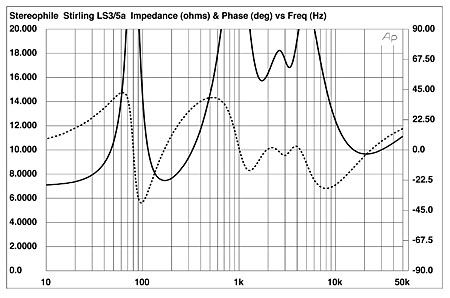Craig B
Re:trophile
After having a re-read of Roger Russel's 'Speaker Wire - A History' page, I decided to change my Excel workbook to calculate maximum recommended speaker cable length as a function of resistance only, and found that all of Naim's offerings, including their Super Lumina*, 20m lengths work out to resistance being 4.5% to 4.8% of a 4Ohm loudspeaker impedance. This is in line with Mr. Russel's (and other's) suggestion/rule of thumb that total cable resistance should be less than 5% of 'speaker impedance.The thinner cables are adding enough resistance to reduce the speaker output at the lowest impedance frequencies, usually either side of the upper port resonance. This might well be enough to sound thinner, but also faster.
Another interesting observation is that, although physically different, Naim Super Lumina has almost the exact same electrical specifications as does Mogami W2972.
* According to Audio T's web shop, Super Lumina is sold in 6 different length factory pre-terminated pairs ranging from 3m to 9m (at a piss-taking £2,037.00 to £6,111.00).
Last edited:


